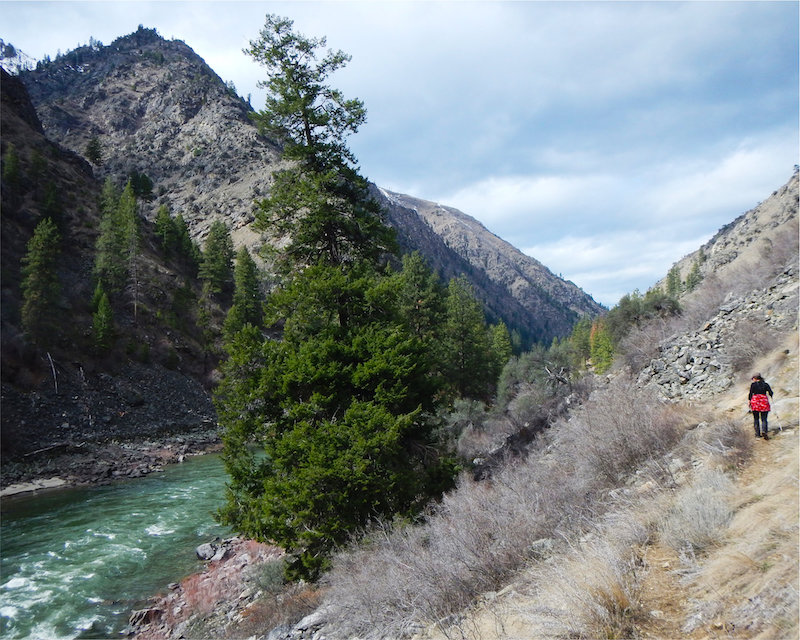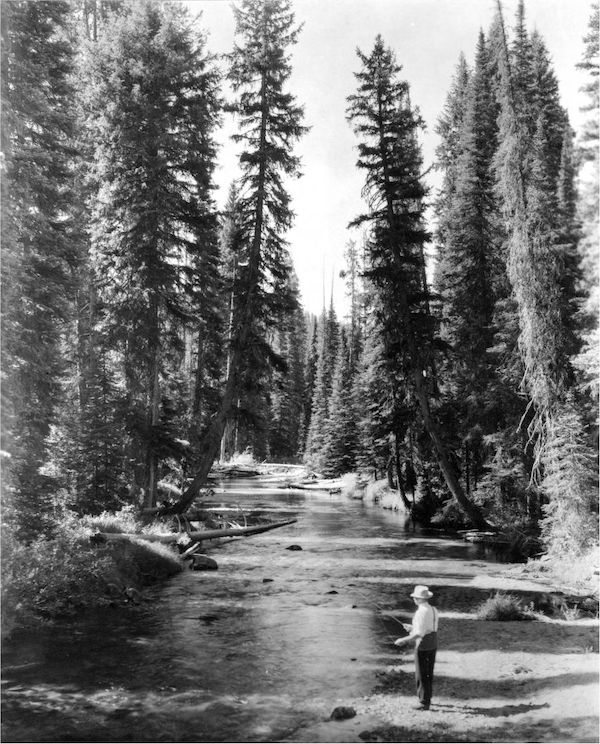
The Big Wild
It's easy to describe the Frank Church-River of No Return, but difficult to do so without superlatives. Words like biggest, wildest, ruggedest, remotest. The River of No Return (also called "The Frank") is one enormous rectangular-ish block of wild country, the largest contiguous wilderness outside Alaska (Death Valley Wilderness is larger, but broken into smaller sections by roads). It protects the unruly Middle Fork of the Salmon River watershed as well as portions of adjacent watersheds.
This wilderness is 2.36 million acres, most of which is in Central Idaho. This doesn't include unprotected roadless country adjacent to it, nor the Gospel-Hump Wilderness, separated only by the Main Salmon. All together, this wildlands complex is about 3.25 million acres (5,000 square miles), or just a little smaller than Connecticut (a state of 3.6 million people).
And yet, even in the center of this wilderness you are little more than 17 miles away from the closest road as the crow flies. Just to show how small our biggest wildernesses are.
Only a portion of the Frank is north of the main Salmon River, administered by the Bitterroot National Forest and Nez Perce National Forest. That portion includes Bargamin Creek as well as the headwaters of the Selway River. Friends of the Clearwater is most focused on this section, as it is directly adjacent to or part of the Clearwater.
The Frank is actually only separated from the Selway-Bitterroot Wilderness by one dirt road, the Magruder Corridor, which runs from Elk City, Idaho to the Bitterroot Valley near Darby, Montana, and is loosely overlays the southern Nez Perce Trail.

Landscape
Geologically, most of the area is part of the Idaho Batholith, an extensive . The northern edge of the River of No Return is an ecological transitional area. North Idaho, as the southern end of the inland wetbelt forests, tends to be lower in elevation, wetter in precipitation, and host more developed soils than the Salmon River country.
Friends of the Clearwater
PO Box 9241
Moscow, ID 83843
(208) 882-9755